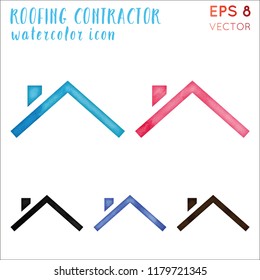Paint Dos And Do N'ts: Just How To Avoid Common Errors
Paint Dos And Do N'ts: Just How To Avoid Common Errors
Blog Article
Write-Up Created By-Hayes Toft
Making certain a flawless paint work includes more than just grabbing a brush. From surface area preparation to application strategies, there are common pitfalls that can hinder the end result of your painting task. By recognizing the dos and do n'ts, you can raise your outcomes and attain an expert surface. Let' Suggested Resource site out several of the essential mistakes to steer clear of when tackling your next painting undertaking.
Correct Surface Prep Work
Extensively preparing the surface prior to paint is important to guarantee a smooth and resilient coating. Appropriate surface area prep work is the structure for a successful paint work.
Begin by cleaning up the surface area to eliminate dirt, grease, and various other contaminants that can influence the paint's attachment. Make use of a light detergent and water option, adhered to by washing and allowing adequate drying time.
Next off, inspect the surface for any type of splits, holes, or imperfections. Load these with an appropriate filler and sand them down till smooth.
After repair services, it is critical to prime the surface area. Primer helps the paint stick better, boosts shade harmony, and provides added protection. Pick a guide ideal for the surface area product and the type of paint you'll be using. Enable the primer to dry completely prior to applying the paint.
Finally, consider sanding the keyed surface lightly to make sure a perfectly smooth base for the paint application.
Selecting the Right Paint
Effective selection of the suitable paint is crucial for accomplishing a successful and long-lasting paint work. When picking the right paint, think about elements such as the surface to be painted, the space's feature, and the preferred finish.
For indoor paint, latex paints are often favored because of their toughness, very easy clean-up, and reduced smell. On the other hand, oil-based paints are better fit for high-moisture locations like bathroom and kitchens.
Selecting the correct coating is also important. Flat paints are suitable for ceilings and walls with flaws, as they hide imperfections well. Satin and eggshell finishes supply a small luster and are simpler to clean, making them appropriate for high-traffic areas.
For external painting, acrylic paints are commonly utilized for their weather condition resistance and flexibility.
In addition, be mindful of the paint shade and its impact on the space. Lighter shades can make an area really feel even more roomy, while darker tones add coziness. Always examine a small area before committing to a shade to guarantee it enhances the room's lighting and style.
Application Methods
When it comes to painting, understanding correct application strategies is crucial for accomplishing a smooth and specialist finish. One fundamental strategy is to make sure that the surface to be painted is clean and appropriately prepared. This involves fining sand rough locations, completing holes or fractures, and applying guide if essential.
Utilizing the right tools is additionally essential. Quality brushes and rollers can make a substantial distinction in the last result. When utilizing a brush, use paint in smooth, even strokes towards the wood grain or in long vertical strokes for walls. For rollers, work in workable areas and roll in a zig-zag pattern to avoid visible roller marks.
Maintaining a wet edge is another essential strategy to avoid lap marks. professional door painters suggests maintaining a damp edge of paint as you work to mix each new section perfectly with the previous one. In addition, when applying numerous coats, ensure each layer is fully completely dry before applying the next to avoid peeling or cracking.
Understanding these application strategies will assist you achieve professional-looking results in your painting jobs.
Final thought
Finally, preventing usual painting mistakes is necessary for attaining an expert surface. Missing surface area prep work, making use of the wrong sort of paint, and hurrying the application process can all adversely effect the result of your job.
By complying with correct strategies and putting in the time to prepare, pick the ideal paint, and apply it properly, you can guarantee a successful paint project with enduring results.
